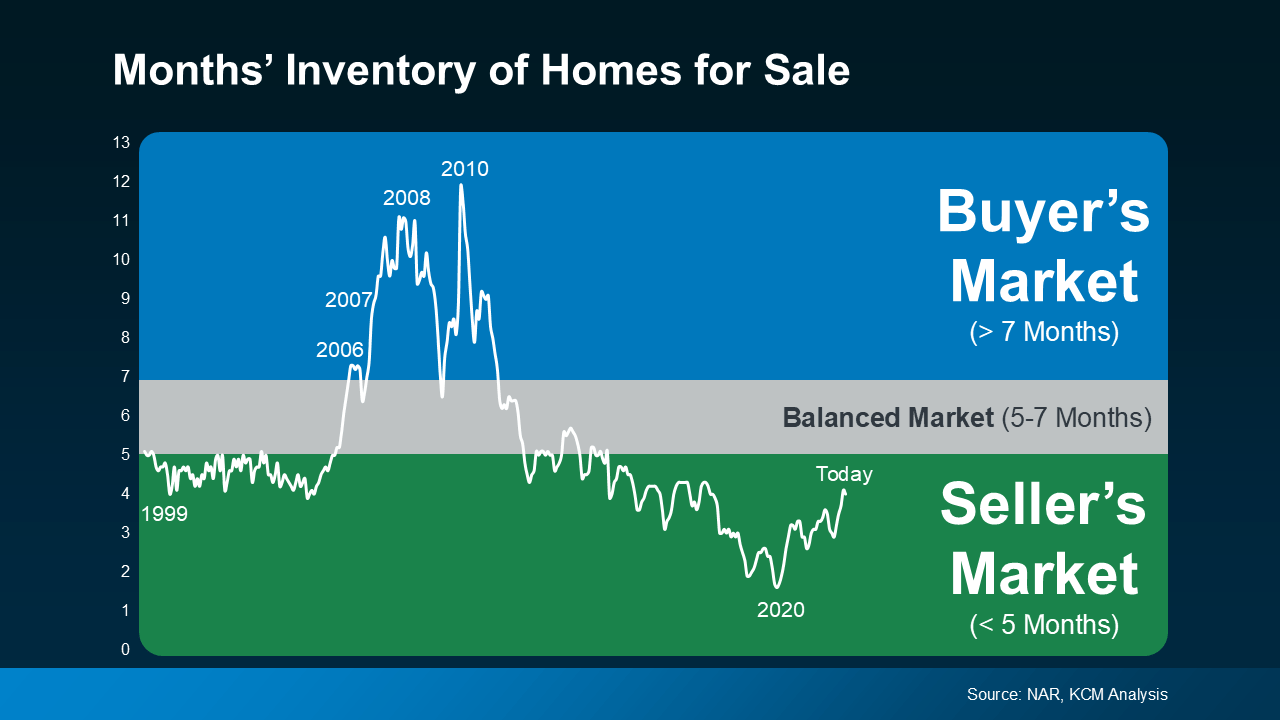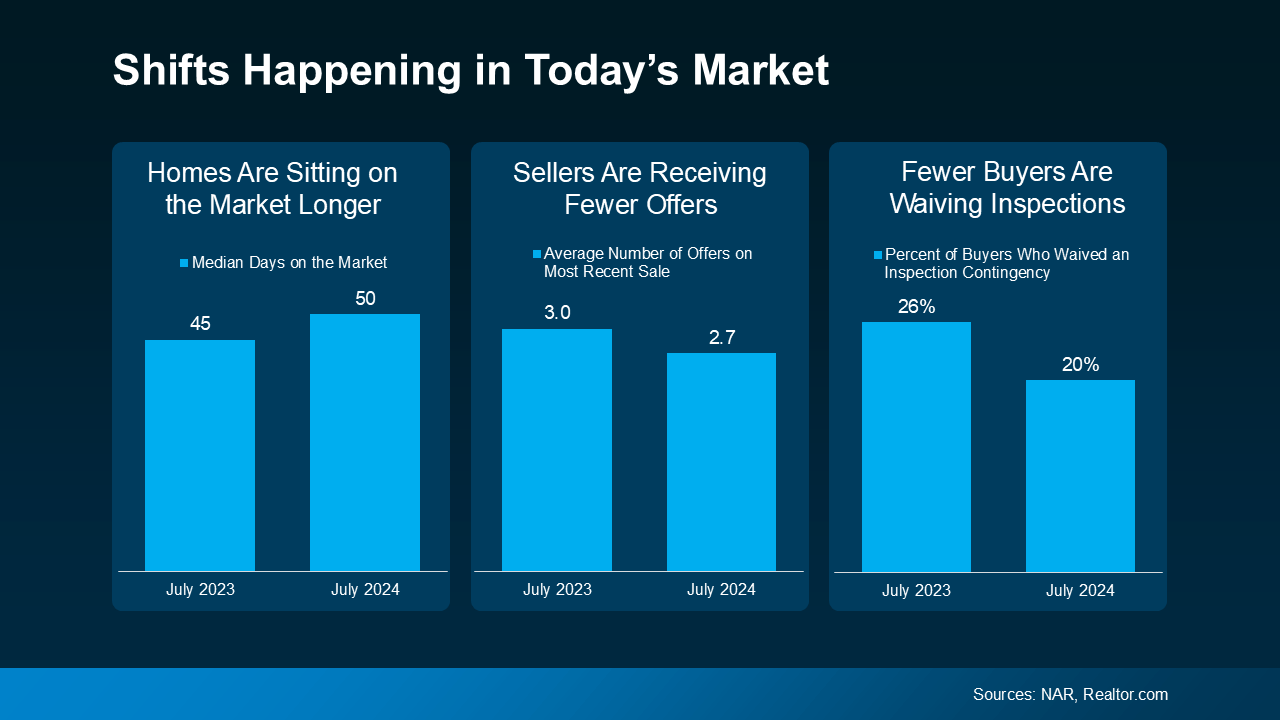Are We Heading into a Balanced Market?
Are We Heading into a Balanced Market?

If you’ve been following the housing market in recent years, you’ve seen that sellers have had the advantage. But with inventory levels now increasing, could this dynamic be changing? Here’s what you need to know.
What Is a Balanced Market?
A balanced market is typically characterized by a five-to-seven-month supply of homes for sale. In such a market, neither buyers nor sellers have a distinct advantage. Prices usually stabilize, and there’s a more manageable number of homes to choose from. After years of sellers having the upper hand, a more balanced market would be a welcome change for those looking to move. The question is, is the market actually moving in that direction?
At the start of the year, the national inventory was at a three-month supply, but it has now increased to four months. While this may seem modest, it indicates that the market is approaching a more balanced state, though it's not quite there yet. It’s important to note that this rise in inventory isn’t leading to an oversupply that would trigger a market crash. Despite the recent increase, the supply remains insufficient for such an outcome.
The graph below, using data from the National Association of Realtors (NAR), illustrates past inventory levels and current figures:
 For now, the market remains in seller’s territory, though it’s less frenzied than it has been in recent years. As Mark Fleming, Chief Economist at First American, notes:
For now, the market remains in seller’s territory, though it’s less frenzied than it has been in recent years. As Mark Fleming, Chief Economist at First American, notes:
“The faster housing supply increases, the more affordability improves and the strength of a seller’s market wanes.”
What This Means for You and Your Move
Here’s how this shift affects you and the market conditions you’ll encounter when you move. Lawrence Yun, Chief Economist at NAR, explains:
“Homes are sitting on the market a bit longer, and sellers are receiving fewer offers. More buyers are insisting on home inspections and appraisals, and inventory is definitively rising on a national basis.”
The graphs below, using the latest data from NAR and Realtor.com, illustrate these changes:
 Homes Are Sitting on the Market Longer: With more homes on the market, they are not selling as quickly as before. For buyers, this means you may have additional time to find the right home. For sellers, it's crucial to price your house appropriately to ensure a timely sale; otherwise, buyers might opt for better-priced alternatives.
Homes Are Sitting on the Market Longer: With more homes on the market, they are not selling as quickly as before. For buyers, this means you may have additional time to find the right home. For sellers, it's crucial to price your house appropriately to ensure a timely sale; otherwise, buyers might opt for better-priced alternatives.
Sellers Are Receiving Fewer Offers: As a seller, you may need to be more flexible and open to negotiating on price or terms to close the deal. For buyers, you might encounter less intense competition, as more options become available.
Fewer Buyers Are Waiving Inspections: As a buyer, you now have more negotiation power, which is why fewer buyers are waiving inspections. For sellers, this means you should be prepared to negotiate and address repair requests to keep the sale process moving smoothly.
How a Real Estate Agent Can Help
However, this is just the national overview. The market conditions in your specific area will vary based on local inventory levels. It’s important to consult with a local real estate agent for insights into how your market is performing.
Whether you’re buying or selling, understanding these local market changes gives you a significant advantage. Your agent has access to the latest data and local insights, helping you navigate the market effectively.
Bottom Line
The real estate market is constantly evolving, so staying informed is crucial. Whether you’re buying or selling, understanding the shift toward a balanced market can be beneficial. If you have any questions or need expert advice, feel free to reach out.
Categories
Recent Posts










